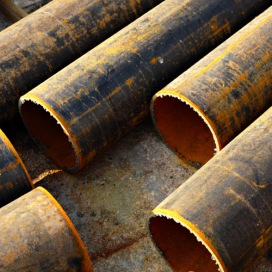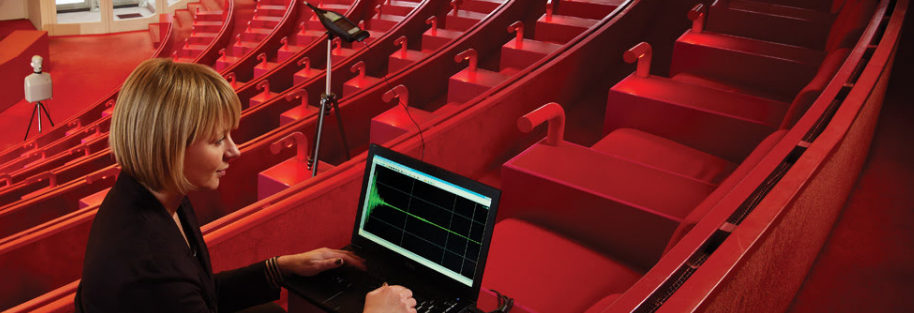Building & Construction
Structural Monitoring
Process Equipment
Quality Control of Building Materials
Building & Construction

Structural Health Monitoring
All structures, whether bridges, wind energy plants, water, gas and oil pipelines, tunnels, oil rigs, pavements, rails, but also ships, planes, trains or others are subject to various internal and external factors which may cause wear or malfunction. This can happen, for example due to deterioration, an incorrect construction process, lack of quality control or an extreme situation resulting from an accident or environmental load. To be able to observe these changes in the material and to react in a proper way before serious damage is caused, the implementation of a damage identification system is crucial. The monitoring of structural behavior can detect anomalies in time, thus enabling maintenance and repair actions to be implemented more efficiently, with a direct impact on the reduction of operating costs. Replacing schedule-driven maintenance with condition-based maintenance is the main goal of infrastructure monitoring providing the following benefits.
Read more
Cable Stayed Bridge - Aveiro/Portugal, 2006

Process Equipment for the Cement Production
Cement
Delivering truly sustainable cement production requires a fully integrated approach that spans your entire plant. With Qlar's market-leading MULTICOR cement processing solutions, we help you meet the defining challenges in today’s marketplace, by dramatically reducing your CO2 emissions in line with new regulations – and ensuring the quality and competitive pricing of your product through the value-added efficiencies of their unique and innovative approach.
Read more

Measurement Technology during the Production of Building Materials using Distance and Position Sensors
Due to increasing demands, infrastructure structures are subject to increasing stress and must be continuously evaluated with regard to safety and service life. Therefore, sensors are required that provide reliable information regarding load-bearing safety, serviceability and fatigue safety. Micro-Epsilon offers numerous sensors for the inspection, monitoring and automation of structures as well as inline testing in the production of building materials. The sensors impress with their stability, precision and robustness for use in harsh environments.
Read more

Environmental Noise
By measuring, mapping and responding to environmental noise levels, we can safeguard health and improve the quality of life - and quality of sound - for people who live and work in areas affected by noise pollution.
From motorways to concert halls, cityscapes to waste disposal sites and production floors to offices, we all want our environment to be is as comfortable, safe and peaceful as possible. The effective management of environmental noise can safeguard our health and our quality of life.
By mapping and responding to noise levels / noise pollution in the environment, Brüel & Kjær can ensure compliance with regulations and maximize the comfort of those who work and live in the areas of concern. By understanding the sources in detail, Brüel & Kjær can work to reduce them effectively. And by perfecting the acoustics inside any space, they can optimize its ability to fulfill its functions.
Here is one of the ways Brüel & Kjær can help you attain the right balance between noise pollution and the surrounding environment:
Room and Building Acoustics
Architectural acoustics encompasses the fields of building acoustics and room acoustics. Building acoustics focuses on sound transmission through walls, doors and floors. Room acoustics focuses on the behaviour of sound inside a room.
For many buildings, such as classrooms, offices, theatres, and concert halls, their acoustic properties are critical to their ability to perform their primary function.
Building Acoustics
To prevent noise from entering into a room or to understand the degree to which it penetrates, you can evaluate the building’s acoustics. Building acoustics focuses on sound transmission through walls and entrances, such as footfalls from people walking above or vehicles driving below. For these, you need to measure the sound both inside and out, and to correct the difference for reverberation and background noise in the receiving room. With information about the noise, such as frequency content, mitigation can be effectively targeted – such as with insulation and shielding.
Room Acoustics
In a room, good acoustics require a design that is fit for purpose, such as easy communication and a high degree of intelligibility in office spaces or long reverberation times in concert halls. Issues with acoustics are normally caused by sound being reflected too much, too little or in the wrong direction. To assess this, you can analyze the room’s acoustic properties, such as reverberation time – the length of time that sound echoes for – or its impulse response, which enables the acoustic characteristics of a space to be captured. With a better picture of the sound’s behavior in the room, you can improve it with redesigns or absorptive materials.

